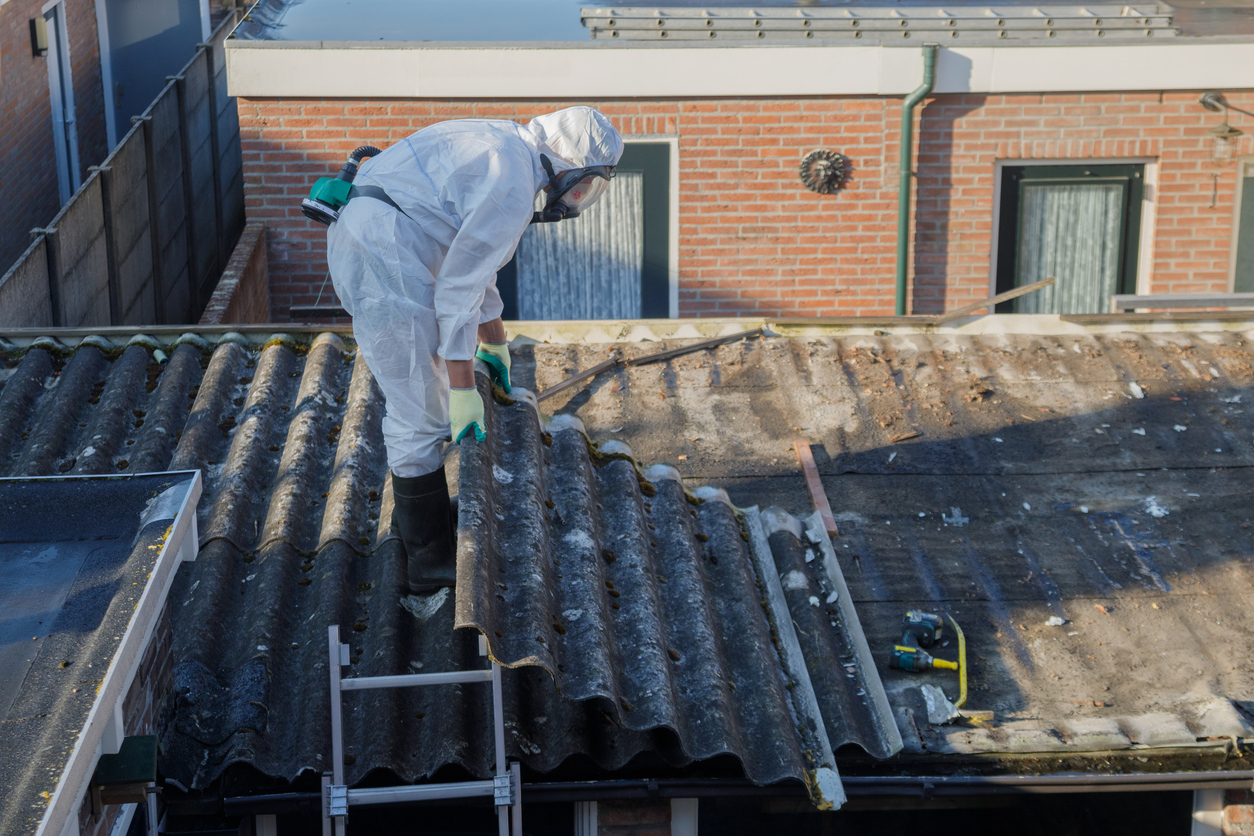Asbestos Awareness Month 2024
Published on Posted onAsbestos Awareness Month 2024 serves as a vital reminder of the persisting hidden dangers of asbestos exposure in the current Australian landscape. According to Australia’s Asbestos Safety and Eradication Agency, 4,000 Australians die from asbestos-related diseases each year, and approximately 6 million tonnes of ageing asbestos material are still present in Australian infrastructure.
Despite bans and regulations, asbestos-related diseases remain a significant public health
challenge. This month is dedicated to spreading knowledge and highlighting the workplace risks that may have increased your likelihood of developing an asbestos-related condition.
What Is Asbestos and Why is it still a Concern?
Asbestos is a group of naturally occurring fibres known for their durability and heat-resistant properties, which led to their widespread use in construction materials, insulation, automobile parts, and other products. However, inhaling or ingesting asbestos fibres poses serious health risks, including lung diseases and cancers.
Although asbestos was banned in Australia as of December 2003, the material remains present in older buildings, vehicles, and various industrial products. The risk of exposure persists, particularly for individuals in specific at-risk occupations such as:
- Construction and Demolition Workers
- Plumbers and Electricians
- Automotive Mechanics
- Painters and Decorators
- Maintenance Workers
The Hidden Dangers: Asbestos-Related Conditions
Asbestos exposure can lead to several serious health conditions, some of which may not manifest until decades after initial exposure.
The following lists the most common asbestos-related diseases:
- Asbestos-related Pleural Diseases (including Pleural Plaques):
- Thickened areas in the pleura (lining of the lungs) that are typically asymptomatic but may signal past asbestos exposure.
- While not cancerous, pleural plaques may increase the risk of more severe conditions like pleural mesothelioma or asbestos-related lung cancer.
- Asbestosis:
- Shortness of breath, persistent dry cough, and chest tightness. Severe cases can lead to significant respiratory impairment.
- Although it is not curable, early detection and management can slow the progression and help maintain a better quality of life.
- Lung Cancer:
- Often develops 15-35 years after exposure but can take even longer.
- While smoking exacerbates the risk, it does not preclude individuals from seeking compensation if they develop lung cancer due to asbestos exposure.
- Mesothelioma:
- A rare and aggressive cancer affecting the lining of the lungs (pleura) or abdomen (peritoneum), primarily caused by asbestos exposure.
- Mesothelioma often presents at an advanced stage, making treatment more difficult. Median survival post-diagnosis is about one year, highlighting the importance of awareness and early diagnosis.
For those seeking comprehensive information on potential sources of asbestos in their environment or workplace, the Asbestos Products Database and Asbestos in Victoria Website offers a detailed list of asbestos-containing products. This resource can help you identify and manage risks associated with asbestos exposure.
Moving Forward
As we progress, it is important to recognise that asbestos is not a problem of the past. It continues to lead to life-changing conditions even 20 years following its national ban. The Asbestos and Silica Safety and Eradication Agency has recently announced that Commonwealth and all state and territory governments have endorsed the Phase Three Asbestos National Strategic Plan 2024-2030 (the Plan) in an effort to eliminate asbestos-related diseases in Australia.
If you think you may have an asbestos-related disease, you should see your general practitioner or specialist to determine if you have any conditions or diseases that may be due to the nature of your employment.
It is important that you give an occupational history.
Given that the period between exposure and the onset of symptoms can be lengthy, early preventative measures and detection is highly recommended. If you believe you have signs of asbestos-related illnesses, you can contact us for a No Fee, Obligation appointment.


